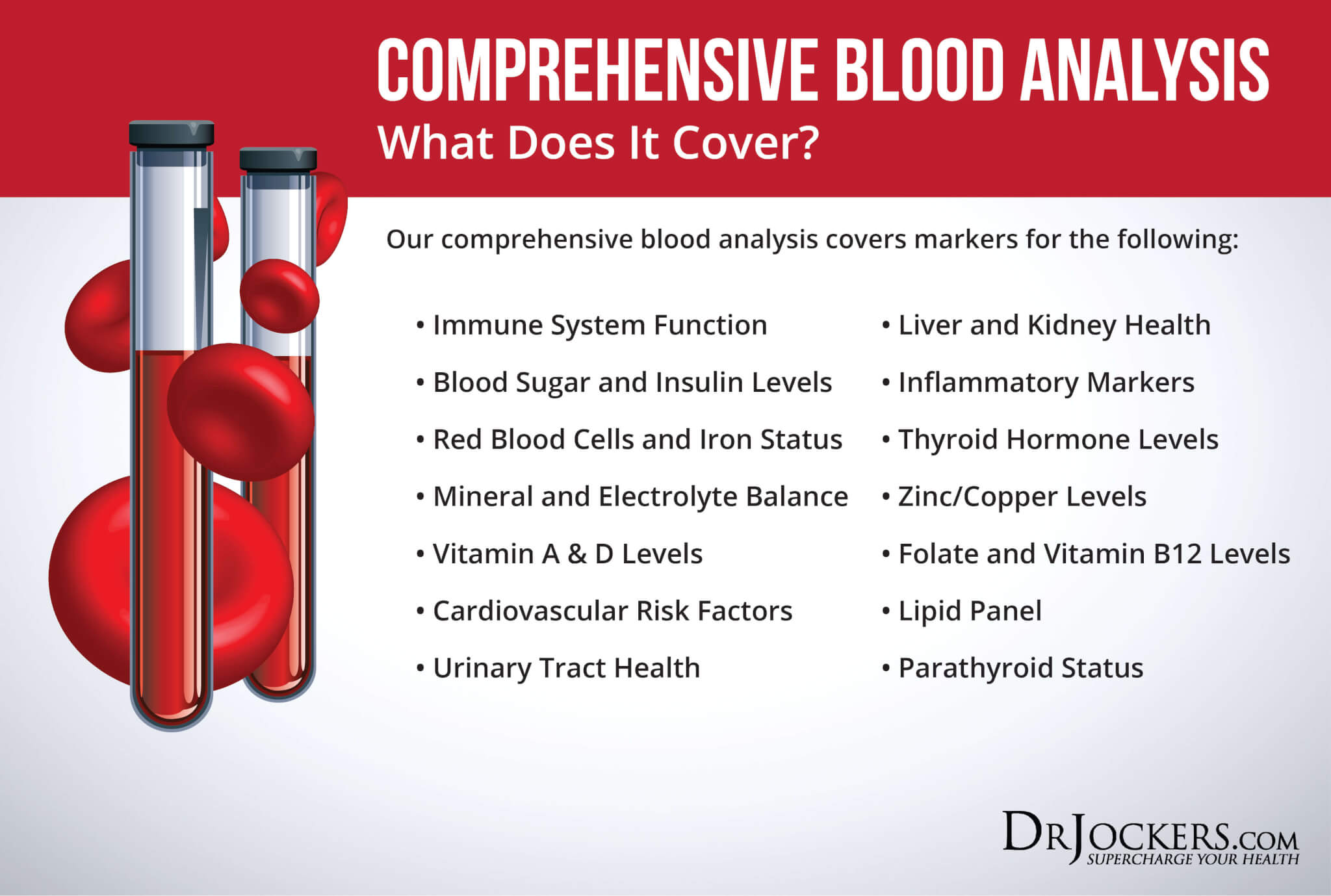
Measuring Your C Reactive Protein Levels:
Most doctors have been misled to focus on total cholesterol as a key figure in measuring heart disease. More recent research has shown that measuring inflammatory mediators and inflammatory levels in the body is a much better way of assessing cardiovascular risk. C Reactive Protein (CRP) is one of the major inflammatory markers that should be measured when assessing inflammatory levels and risk of heart disease (1, 2, 3).
CRP is released from the liver in response to acute tissue damage and inflammation. It is activated by macrophages and adipocytes in order to bind phosphocholine expressed on the surface of dead or dying cells in order to activate the C1Q complement part of the immune system. This means that it helps drive up inflammatory activity in the body.

Cardiovascular Disease and Inflammatory
Heart disease is characterized by chronic inflammatory activity in the cardiac tissue and major arterial beds of the body. This chronic inflammation causes scar tissue and plaque to build up in the arterioles as well as blood clotting to form.
This leads overtime to myocardial and cerebral infractions. Studies have indicated that individuals with elevated levels of CRP have a risk about 2-3 times higher than the risk of those with low levels (4, 5). Over a dozen major studies have shown a link between apparently healthy men and women and their future risk of cardiovascular events with higher levels of CRP (6, 7).
It is also been shown that CRP levels predict the risk of recurrent coronary events among patients who already have cardiovascular disease. The most important use of CRP is in detecting risk among individuals who do not know they have a problem (8).

CRP and Metabolic Disease:
Individuals with CRP levels greater than 3 mg/L have a four to six time higher risk of developing diabetes than individuals with lower levels of CRP. This is another indication of the link between chronic inflammation and diabetes, obesity and heart disease. Many physicians include CRP levels in the diagnostic criteria for metabolic syndrome (9, 10).
We use to think that obesity was solely related to eating too much and moving too little. Now, we understand that obesity is a condition characterized by chronic inflammatory activity in the body. Excess fat tissue is not dormant and metabolically inactive (11, 12).
It, instead, is constantly promoting the release of pro-inflammatory proteins and chemicals. The fat (adipose) tissue itself, actively contributes to the inflammatory processes. This creates a vicious cycle within the body that makes it more challenging for these individuals to get well.

Best Cardiovascular Panels:
It is very advantageous to look at CRP along with a number of other risk factors for cardiovascular disease. These include things like homocysteine and lipoprotein (a) as well as a basic lipid panel.
More advanced panels will include a Vertical AutoProfile (VAP) test that looks in much more detail at the lipid subtypes as does the NMR (Nuclear Magnetic Resonance) lipid profile.

Normal vs Pathological CRP Ranges:
The key test for CRP levels is a “high sensitivity” test also called hs-CRP. The standard CRP test does not have the ability to measure levels accurately within the range needed for cardiac risk detection. Normal ranges are considered to be under 3.0 mg/L (13, 14).
Functional healthy ranges are under 2 mg/L. If one has an active infection or tissue trauma they will have higher hs-CRP levels and the test should be run again when the trauma or infection has been healed.
High-sensitivity CRP usually is ordered as one of several tests in a cardiovascular risk profile, often along with tests for cholesterol and triglycerides, when a person’s risk of heart disease is being evaluated. Some experts say that the best way to predict risk is to combine a good marker for inflammation, like hs-CRP, along with the lipid profile (15).
When hs-CRP is evaluated, it may be repeated to confirm that a person has persistent low levels of inflammation. We recommend our CardioPower test which looks in detail at all the key biomarkers involved with inflammation and a healthy cardiovascular system. We also include hs-CRP in our Comprehensive Blood Analysis.
For more information on how to reduce inflammation in the body, check out this article.
Inflammation Crushing Ebundle
The Inflammation Crushing Ebundle is designed to help you improve your brain, liver, immune system and discover the healing strategies, foods and recipes to burn fat, reduce inflammation and Thrive in Life!
As a doctor of natural medicine, I have spent the past 20 years studying the best healing strategies and worked with hundreds of coaching clients, helping them overcome chronic health conditions and optimize their overall health.
In our Inflammation Crushing Ebundle, I have put together my very best strategies to reduce inflammation and optimize your healing potential. Take a look at what you will get inside these valuable guides below!





What can a person do to reduce their C-reactive protein number?
Here’s a good article on this Andrea: https://drjockers.com/chronic-inflammatory-conditions/